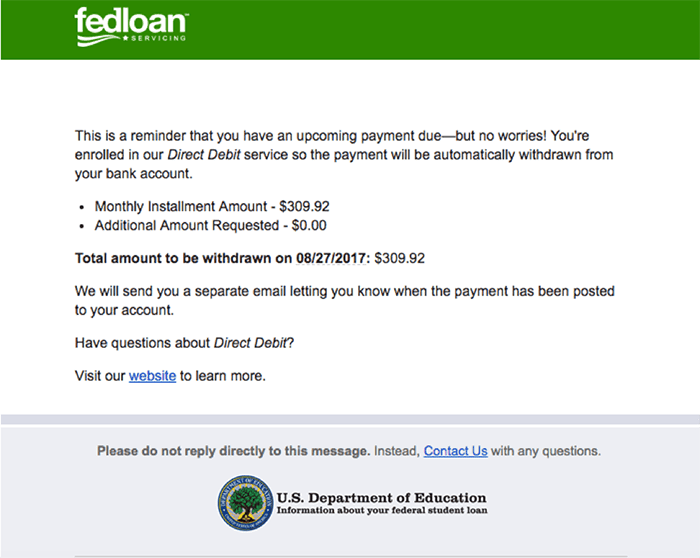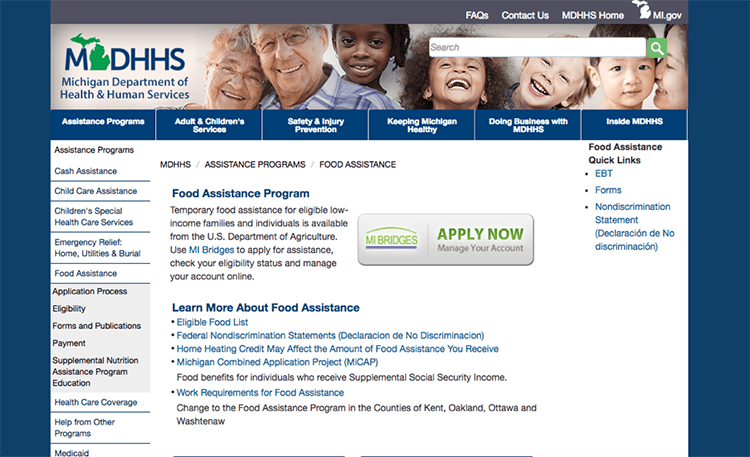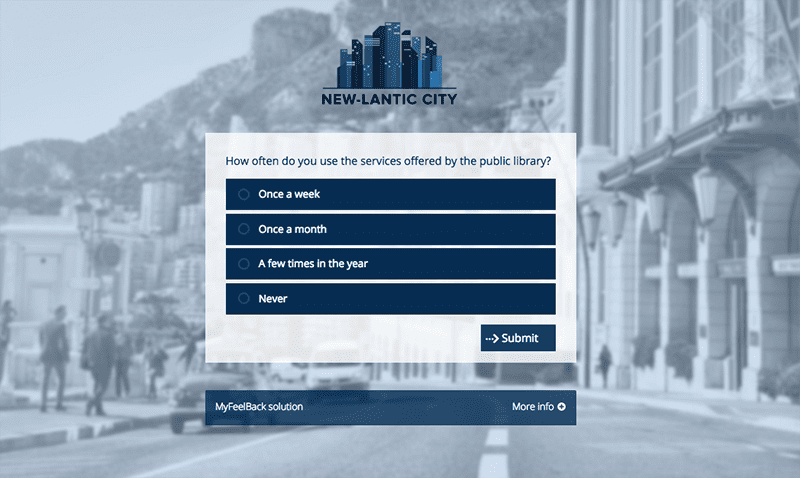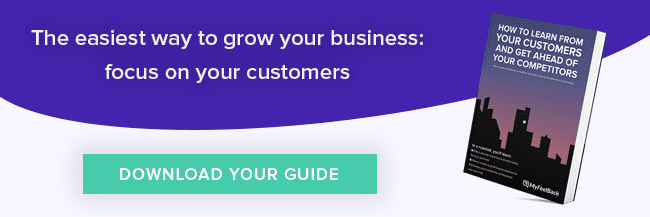There is a lot of talk of “customer knowledge” in the business world these days. Companies are reaching out to get to know their customers: their wants, needs, challenges, habits; in order to better understand them and better serve them. Companies do this for a myriad of reasons, mainly because customer knowledge is a key...
There is a lot of talk of “customer knowledge” in the business world these days. Companies are reaching out to get to know their customers: their wants, needs, challenges, habits; in order to better understand them and better serve them. Companies do this for a myriad of reasons, mainly because customer knowledge is a key factor in increasing retention rates of customers, developing better products, creating more efficient marketing strategies, and converting more new sales. However, the business sector is not the only sector that can get value from collecting, organizing, and analyzing customer knowledge. The public sector is an example of another area that is becoming more and more aware of the benefits of customer knowledge on improving customer service relations, helping to streamline processes and make them more efficient, and to develop better technologies to meet their beneficiaries needs.
This blog post discusses these benefits of collecting customer knowledge on public administration in more depth, and offers a few suggestions for how to go about collecting this customer data.
Customer knowledge improves customer service relations in the public sector
The first major benefit to considering customer knowledge for the public sector is that by gaining customer knowledge, public organizations are able to significantly improve their beneficiary/employee relations. With organizations like the Bridge card, Federal Student Loans, and the IRS, customer service has a reputation for being very impersonal, complicated, and an all around burden. By gathering the right customer knowledge, these sort of public organizations are able to pinpoint the specific points of contact that lead to negative outcomes with their beneficiaries/clients, and help to gather feedback on how to make these interactions more efficient and positive. When money is tight and resources are low, as is often the case in the public sector, having quick and efficient methods for diagnosing and treating problems is essential.
Customer Knowledge Streamlines Processes and Increases Efficiency
Another benefit to gathering customer knowledge is that it offers organizations another perspective that can help them problem solve and get a more comprehensive image of how the organization functions. When you collect feedback from your customers/beneficiaries, you are able to hear about the experience of working with your organization from the customer’s point of view. This can help you see where the customers have trouble in the processes that your organization have set up for communication, action, and follow ups.
For example, if the IRS found out through a customer feedback survey that most people missed their deadlines for payment because they were confused about their payments and couldn’t get ahold of anyone on the phone, they could send out automatic payment summaries along with reminder emails as a way to streamline their process, make it more efficient, and receive their payments faster.
As another example, if Federal Student Loans finds out that most of their customers use direct deposit, they could make direct deposit an option for their monthly payments, saving resources and making the process more efficient for everyone involved. If they find out that direct deposit is not commonly used, they won’t waste the money implementing a new service that most people will not use.

Developing Better Technologies
A third way that customer knowledge can be a benefit to the public sector is by helping the organization develop better technologies. This will usually come in the form of suggestions, or even criticism, by current customers/beneficiaries. By hearing what your customers are struggling with, you can find inspiration for developing a better technology or product to solve their problem. For example, if the Bridge Card gets complaints that their system is outdated and not user friendly, they could do some research to find out if most of their customers use mobile apps. If so, they could develop an app that allows beneficiaries to collect payments, view their account, and look at FAQs, increasing user engagement as well as increasing customer satisfaction.
Click here to discover How to Learn From Your Customers and Increase Your Customer Satisfaction.

Now that we have discussed the three main ways that public sector organizations can benefit from customer knowledge, we will briefly discuss methods for how this knowledge is collected.

By far the most practical and common way to collect customer knowledge from large groups of people is surveys. Surveys have come a long way since the pen and paper surveys of previous decades. With the help of smart technology and different integrations, online surveys have become a leading marketing tool for public sector organizations who want to improve their customer relations, and make their organization more efficient and up-to-date in the process.
The best way to send out a survey to your beneficiary or customer is to keep it short and sweet, make it interactive as much as possible, and think hard about the questions you want to ask. You will want to segment your survey based on who you are targeting, and send it out at opportune times, such as directly after an interaction with your organization.
Increasing customer satisfaction in the public sector is no easy job. However, with surveys becoming a more affordable and innovative option, they can be a primary tool to help public sector organizations collect the customer knowledge they need to bring their services to the next level.








